#5. DM for location, Nova rave edition
Words by Bridget Chappell, illustrations by Dominic Sargent.
When twenty soldiers from the Israeli Defence Forces broke down the door of our Ramallah apartment at 3am, cuffed me and barrelled me into the back of one of five armoured personnel carriers jamming our small street, there was music playing from the cab. It became a restless soundtrack to the route I was driven out of the West Bank – one I’d imagined but never seen. Out of the Palestinian city, into a hilltop Israeli settlement, through an opened gate of the Apartheid Wall, and into Israel proper. It’s probably here where my bone to pick with psytrance calcified.
Do you have strong feelings about where you dance? Do you like the feeling of hard concrete under your feet, or the sand of a dry river bed? Here in ‘Australia’, psytrance usually means bush doofs, bare feet dancefloors, semi-consensual massages from some guy in a wookie belt named Tristan. But arriving back in a re-opened Narrm after successive Covid lockdowns, a friend in the nightclub business wryly informed me that there were two camps in town these days: tech house (concrete) and psytrance (river bed). Strange times that would find me on the side of tech house.
The Nova rave was an outdoor psytrance party held on 6-7 October 2023 in a Jewish National Fund (JNF) forest in occupied Palestine. 5km east of the Gaza border, southern ‘Israel’, it was a 3,000-strong celebration of “friends, love, and infinite freedom”.1 It then became a key site of Operation Al-Aqsa Flood, wherein Palestinian fighters broke through the infrastructure that makes Gaza the “world’s largest open-air prison”2 and launched an attack on Israel. So dwarfed are the events in the Re’im Forest that day by Israel’s subsequent and current genocide in Gaza, and West Bank towns like Jenin and Tulkarem, that there hasn’t been much chance for a closer look. Removed from a context we like to consider removed from us – of celebrating freedom five k’s from a giant jail – there is the shaky phone camera footage of a doof. Girls in bikini tops, shade sails over a dance floor, speaker stacks… and gum trees. Then: paragliders, people running, hostages, bodies. If you fed “militant attack on Rainbow” into an AI image generator, the eerie familiarity it spits out might not reach this level of detail, from manbuns in ponchos running from gunmen through copts of young eucalyptus.
The location, when released, was pitched strongly: “a powerful, natural location full of trees, stunning in its beauty and organised for your convenience, about an hour and a quarter south of Tel Aviv.”3 Its location in the Gaza envelope was mostly shrugged off, given it was a gathering (like most in Israel) of current or former soldiers. It’s an area of concentrated interest: the Re’im military base (the closest to Gaza), a secular kibbutz, a defence-contracted laser factory. And: a tract of JNF forest dedicated to former Australian prime minister John Howard; an ANZAC war memorial with attendant single-track mountain bike trail, dedicated to World War 1 troops who invaded Palestine as the Balfour Declaration was coalescing. Uncanny valley deepens. It’s in the desert known as the Naqab in Arabic, Negev in Hebrew. Israel’s first prime minister David Ben Gurion famously coined the mantra about making it bloom, also calling for much of Israel’s territory to be planted with trees, like some kind of throw-rug over the unsuccessfully bloomed parts. The JNF has been fulfilling his vision, acquiring land in what would become Israel since 1901 for environmental rebranding, providing a pathway for Zionist investment in and personal connection to the land via a blanket of invasive flora, one sponsored sapling at a time.
Pine plantations, those too-familiar and fuck-ugly colonial calling cards, are heavy in the rotation. Like here, they summon some deeply-burrowed American image of ‘nature’ for urbanites looking to log off for the day, take insufferable photos in a grid of California redwoods, or go mushroom picking amongst the radiata. But you’re as likely to stumble on red-flowered Mallee gum in Israel – described in its native habitat of Western Australia, by the state’s first surveyor-general and known hater John Roe, as “a frowning sea of scrub”. So are we blooming or frowning here? The ancient warcraft of incendiary kites has had a comeback in recent years, eastbound on prevailing winds from Gaza to the combustible gum forests – including the ANZAC one – which not everyone is happy about. Largely though, the eucalyptus genus has been so embedded in the landscape via the JNF that locally it’s erroneously considered an ‘Israeli tree’. And so, from squinting at shaky Nova footage and Google Street View (and asking more qualified friends to squint with me), Re’im Forest appears to be populated with Eucalyptus Gomphocephala, commonly known as tuart, another Western Australia native.
The last track played at Nova was “Clear Test Signal” by Pixel and SpaceCat (two local producers), a dubplate remix by another Israeli, Artifex, who was DJing at the time. It’s like a Trapaholics YouTube-generated remix of the original, which is what you can hear in the surreal videos of hot girls dancing in the dust with paragliders appearing in the dawn sky behind them. It’s since been released as part of the ‘We Will Dance Again’ movement that has seen the Israeli psy scene boom since October 7, upsizing the narrative – of an attack on free love and elevated consciousness – to an attack on Western democracy at large. Psytrance’s enmeshment with Israeli victimhood via Nova has manifested as newfound ease for organisers in securing rave sites, as venues and landowners hasten to play ball, and police responses to illegal parties noticeably lighter than before. Psytrance OGs Astral Projection performed for the IDF in November 2023. The ‘We Will Dance Again’ Tel Aviv memorial concert in July 2024 soundtracked the nationalist narrative of October 7 with psytrance for an audience of 35,000 people. Earlier that year, an unlikely alloy of religious and secular protesters rallied at the Kerem Shalom crossing from Israel to Gaza to block aid trucks, rocking Nova flag capes and dancing to psy. At this stage 29,000 Palestinians were confirmed dead in the genocide across the fence; 35% of the Strip’s buildings had been destroyed by bombing; the Flour Massacre had just occurred in Gaza City. This year, Nova survivor Yuval Raphael will represent Israel at Eurovision.
I can only speak for myself here but grief raving feels weird. I know it’s different for everyone, but I wonder whether in the crucible of loss and scarred by its fallout you’re like, ready to party. Raver du jour, and best friend of mine, Bridget Flack, died in 2020. We, her friends, spoke often about the idea of a memorial rave, but it would remain, always, an idea. If you lived in ‘Australia’ or went on the internet in late 2020, you probably saw her flattening into the tale of a trans woman’s short life staring back at you from the ‘missing’ image circulating; the frenzied thousands-strong Facebook group mobilising search parties; sinisterly-misplaced fundraisers. When her body was finally found, memorial mixes, dubplates, rave flyers were released and re-released in her honour. Bridget and I threw a lot of raves together under the name Vapor Noir, the posters’ tagline always reading no psytrance, no deep house. Her tombstone now reads: rave in my name against the dying of the light. Since its engraving, there have been fleeting moments with old friends on dancefloors, when our shared nostalgia emboldens us to stare into the sun of our grief together. It’s rare though. It’s just too fucking sad.
“People who go to psytrance parties here, they are… what’s the word? Chavs.” I’m talking to Ori, a friend of a friend who organises drum’n’bass parties in Jerusalem. “I don’t know anyone who went. After Nova, people in that scene got obsessed with trying to heal themselves. Survivors had a camp in the desert, did therapy sessions, and every night they had a party. They were adamant that they had to keep partying.” And indeed the history of psytrance is in some part the Venn diagram of guys in wookie belts and Israeli Defence Force exorcisms; doofs the oft-cited pressure-release valve for ha’matzav (‘the situation’), which I guess holds some water til you notice the dearth of Palestinian psy parties on account of al ehtilal (‘the occupation’). After their initial 2-3 year conscription, many Israelis take an extended palette cleanser; one from which some never mentally return. Since the ‘80s, tens of thousands wound up in India fanning the embers of the Goa trance scene (itself part Venn of guys in wookie belts and backpacker colonialism in India) and carrying them back home; and so psytrance was born. Many of the genre’s giants are Israeli: Infected Mushroom, Astral Projection, Astrix, Vini Vici, the list goes on. Progressive psy came up in the late 2000s, vocals now prominent and the acid bass flattened to EDM polish. Its new marketability enabled crossover to commercial radio, even its own show on public broadcaster Israeli Army Radio. This is how I came to hear it first in the summer of 2009, at checkpoints in the West Bank as you waited for teenagers with M16s to lackadaisically flick through your paperwork. I just thought it was settler mall music. One track I heard over and over again, the same one that would eventually greet my arrival at gunpoint in the ATV that night. I swear I have heard it before on dancefloors, as searing a time machine as the smell of late winter jasmine hitting your nose on a walk through Footscray. Like jasmine, it makes me heartsick – I miss Palestine enough I’ll hop on a quick rerun of my worst days there, if that’s what’s going. Recently I enlisted an Israeli expat friend for help with a track ID; she compiled multiple playlists for me to trawl through. No luck yet.
The genre is booming here in ‘Australia’ too, despite the recent cancellation of mega doof Esoteric Music Festival in western Victoria (set to host several pro-genocide Israeli DJs), prompting echoed conspiracy theories about the targeting of expanded consciousnesses and their wookie belts. Lately though, psy has detoured and walks amongst us, scoring the rebirth of Tree of Life mall goth as cybersigiled manic faery theythems on Swanston Street rooftops and festivals like Woodburnia. I ask community organiser and semi-retired DJ Anuraag about psytrance these days (whose set at Vapor Noir IV coincided, I’m pretty sure, with police trying to enter the building – the barricades held; that of the psytrance party’s in the warehouse next door didn’t). “Psy revival has been very disengaged from the history,” they say. “People will always be on Discogs digging for a new sound for the cocktail, to strip it from the context and consume it without baggage.” I ask them if they ever try mapping Nova onto an Australian context. “All the time,” they respond, and I feel less crazy.
The unprecedented bum rush on Bridget’s story made it bigger than her. Relinquishing her to a martyrdom of queer struggle – if that’s what master the tragic trans girl narrative serves – flew in the face of a pain we desperately wanted to keep to ourselves. I wonder about people who can dance to dance music on a killing field, for an audience, beating some drum – on a JNF-set stage or otherwise. I wonder when it becomes psychosis-trance. I wonder about our readiness at large to dance on charged ground here, whether sand or cement, trusting in the talismanic power of safer spaces policies and land acknowledgements to protect us, when the reality is that colonial reckoning could arrive in unanticipated forms.
As tempting as main character syndrome’s reasoning is – that one’s hallowed alternative lifestyle is under attack – the story is probably much simpler. Parties on sacred sites, like Every Shade of Rave’s events at Injidup on Wadandi country and the psy raves (true to form) at Pwenye on Eastern Arrernte country, or indeed the Aussie swasi piss-up at Gallipoli each year when antipodeans re-invade Türkiye, are easy enough to call bullshit on. Beyond that lies a long and murky plateau, of how chill it is to cut sick, when, and where.
In late 2023 when the social mores of watching a genocide online were still emerging (and besiegement of aid trucks having rendered a fundraising aspect of your party useless), it was clear at least that being seen to be having too much of a good time was in poor taste. Dancing 5km from Gaza on October 6 was in poor taste; dancing on the other side of the world the following weekend was in poor taste, selfie for the algo notwithstanding. Concrete has a way of letting you untether from how no-one invited your feet to dance on the ground under it. It is alluring to place ourselves squarely on the no psytrance side of history. If you made plans to hit up a “location released on day” party here, what coordinates you’re texted would make you go “mmm… I dunno”?
Noam Chomsky, ‘My Visit to Gaza, the World’s Largest Open-Air Prison’, 2012.
‘Tribe of Nova presents: Supernova’.


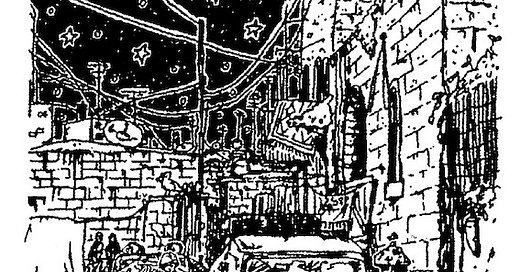



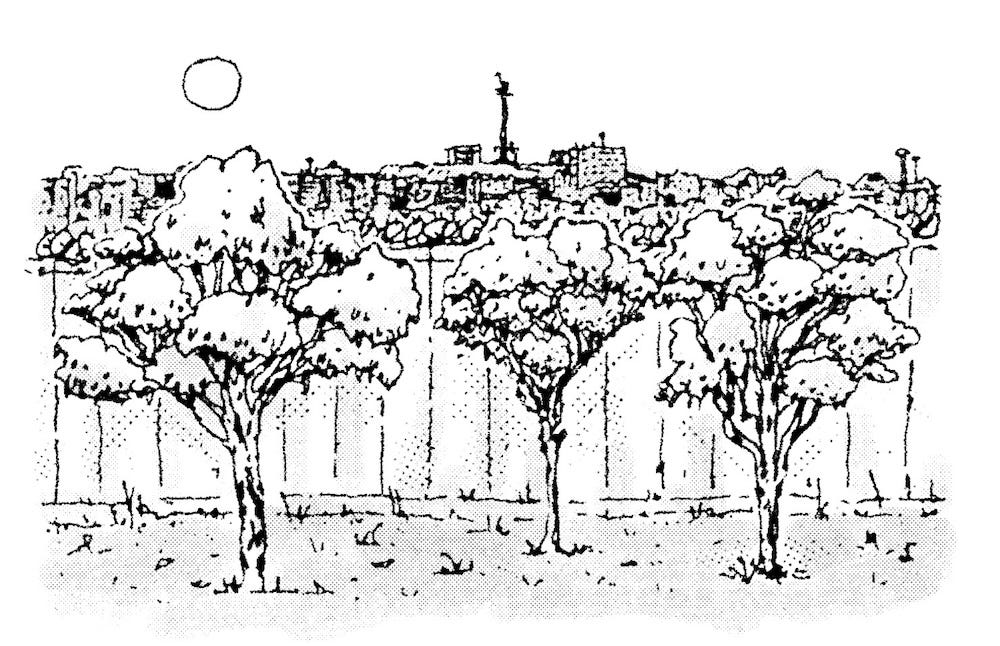
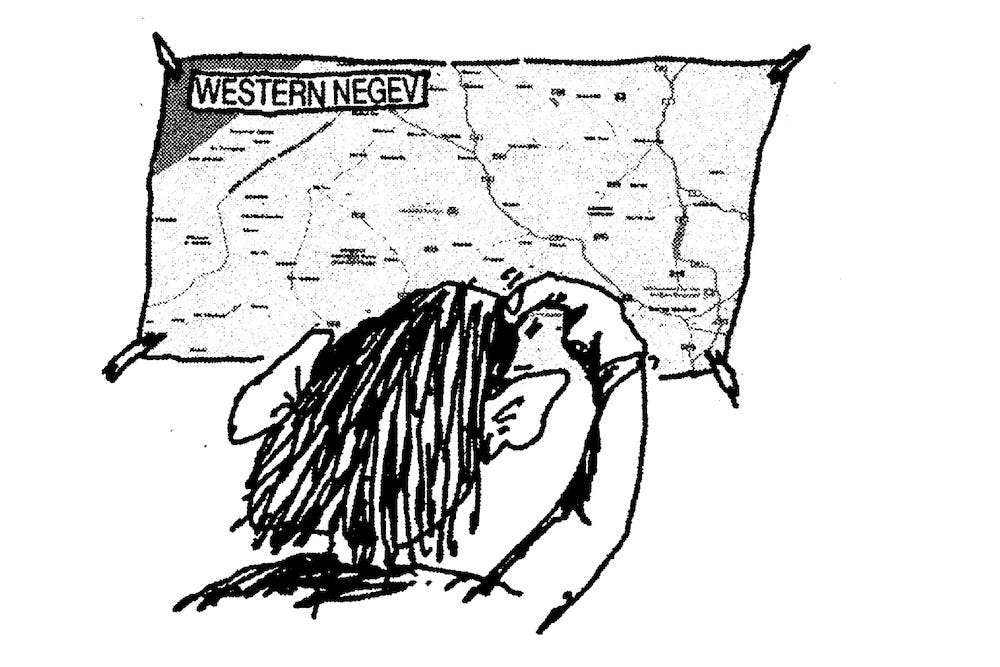
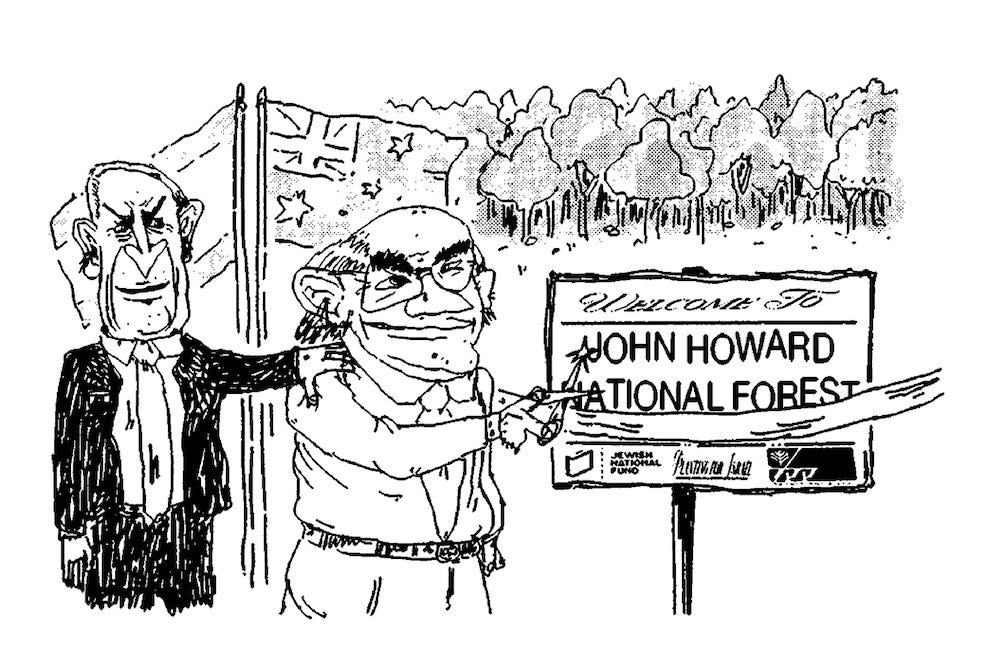
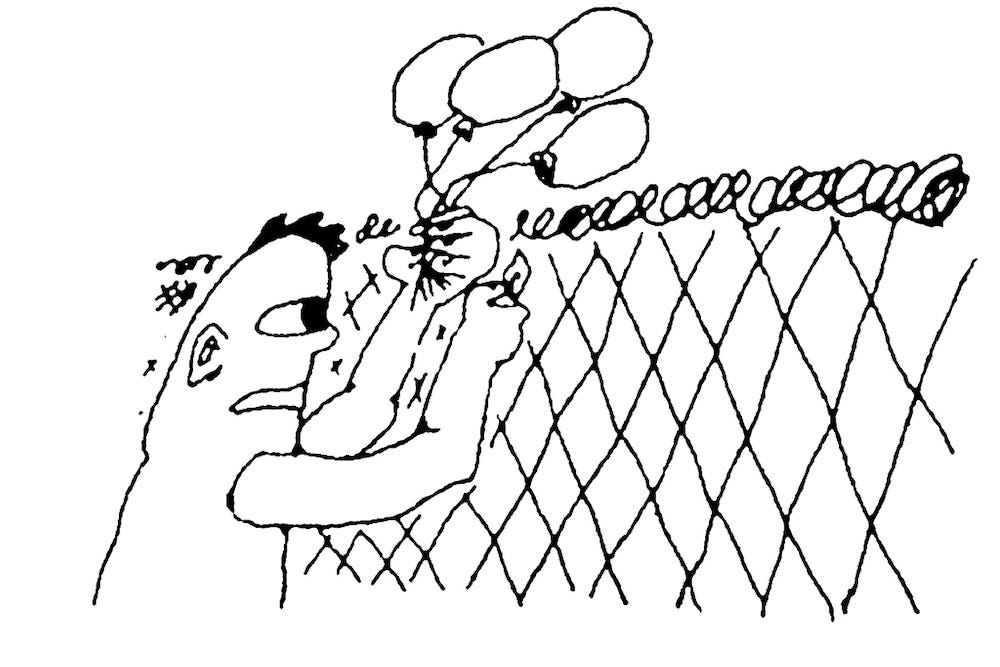
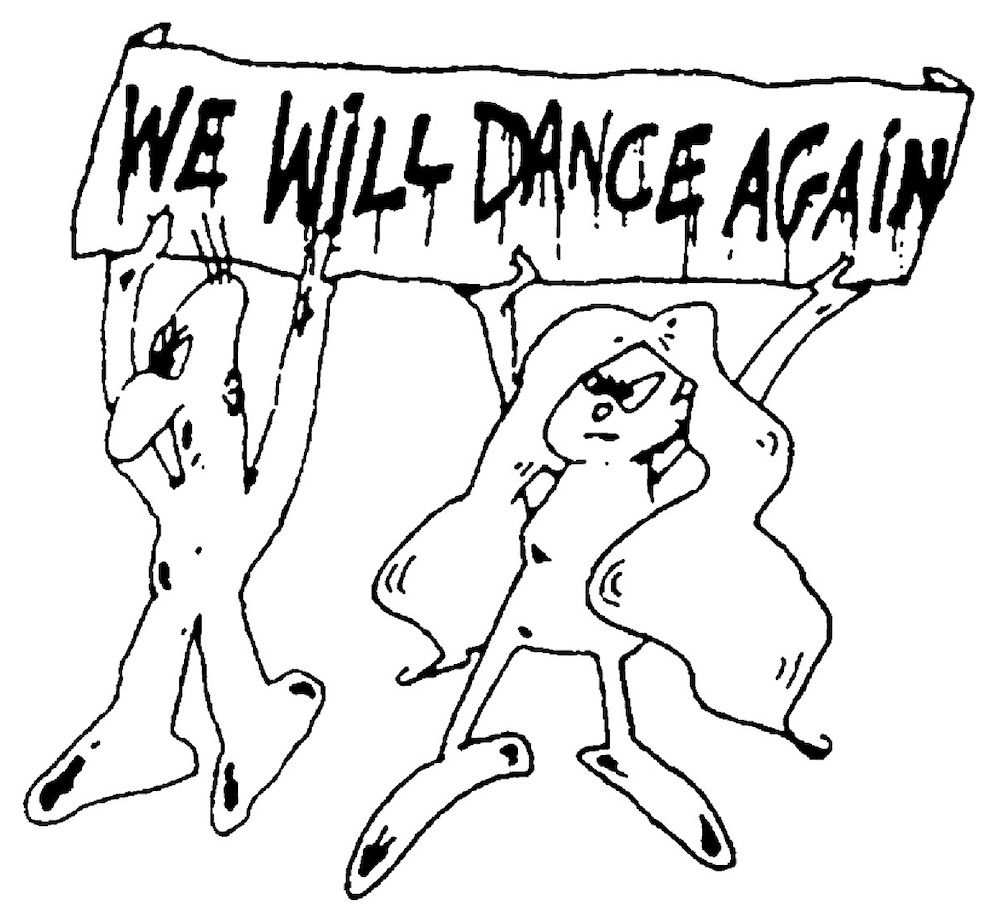

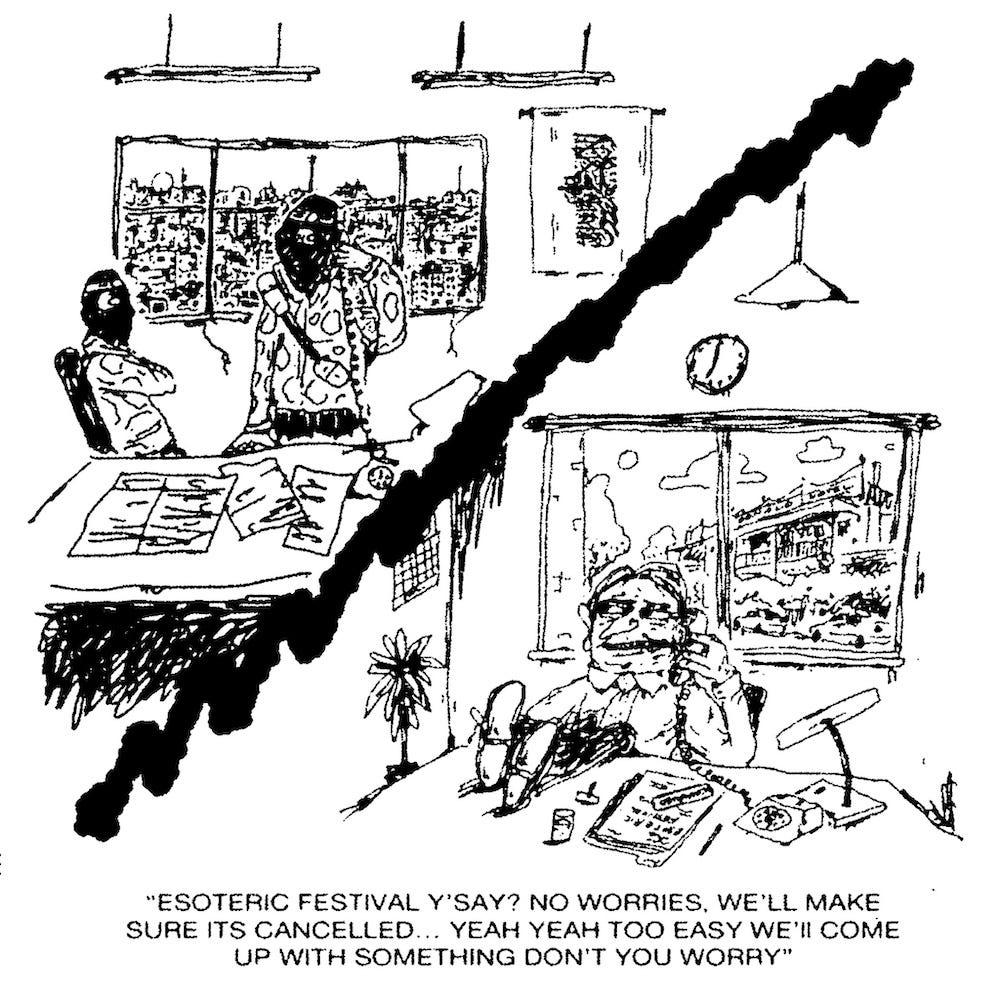
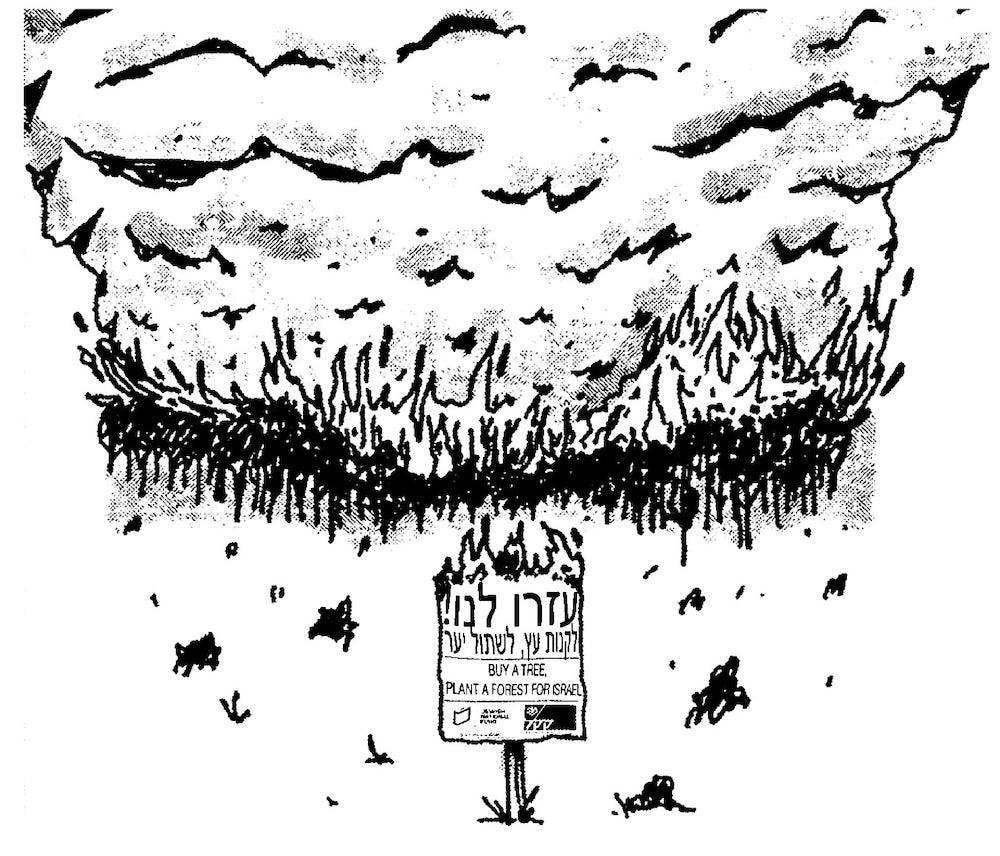
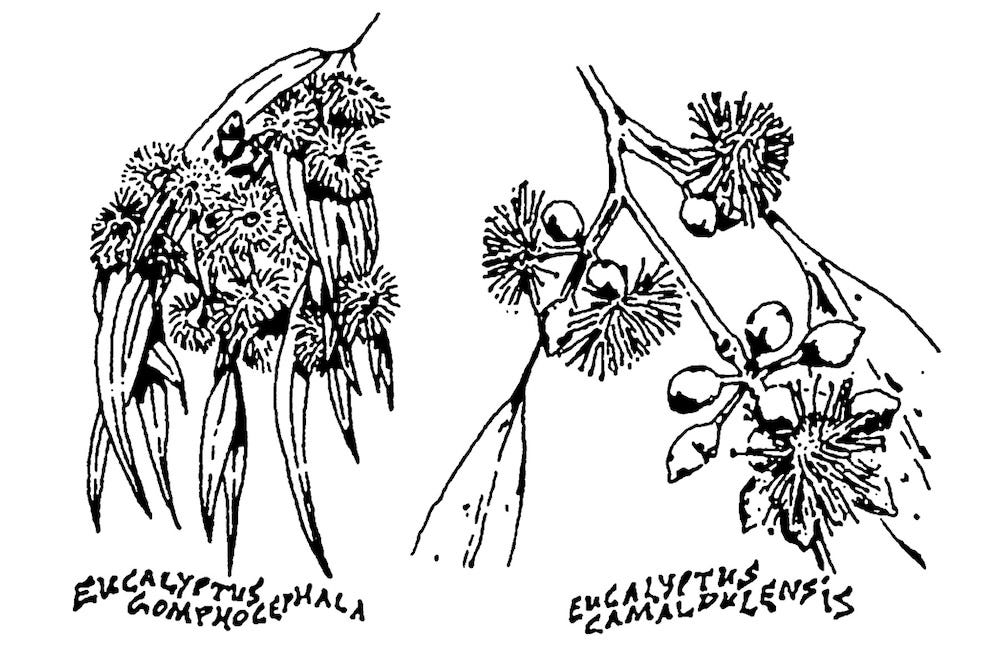
Very well said. I never understood psytrance, until someone pointed out to me that the reason isreali's love it is "because it sounds like war".
Seeing the footage (as you described) of the Israelis stopping the aid trucks into gaza raving, and isreali soldiers raving, caused me to reflect on the way dance music can be used to process doing evil things. I've always conceptualised raving as a regulating tool, a coping mechanism for living in late-stage capitalism. But what does it mean if dancefloors enable people to cope with enacting genocide? Or separate us from shouldering the responsibilities of colonialism?
We don’t listen to Burzum for a reason. We don’t listen to R. Kelly for a reason. We don’t listen to Psytrance for a reason.